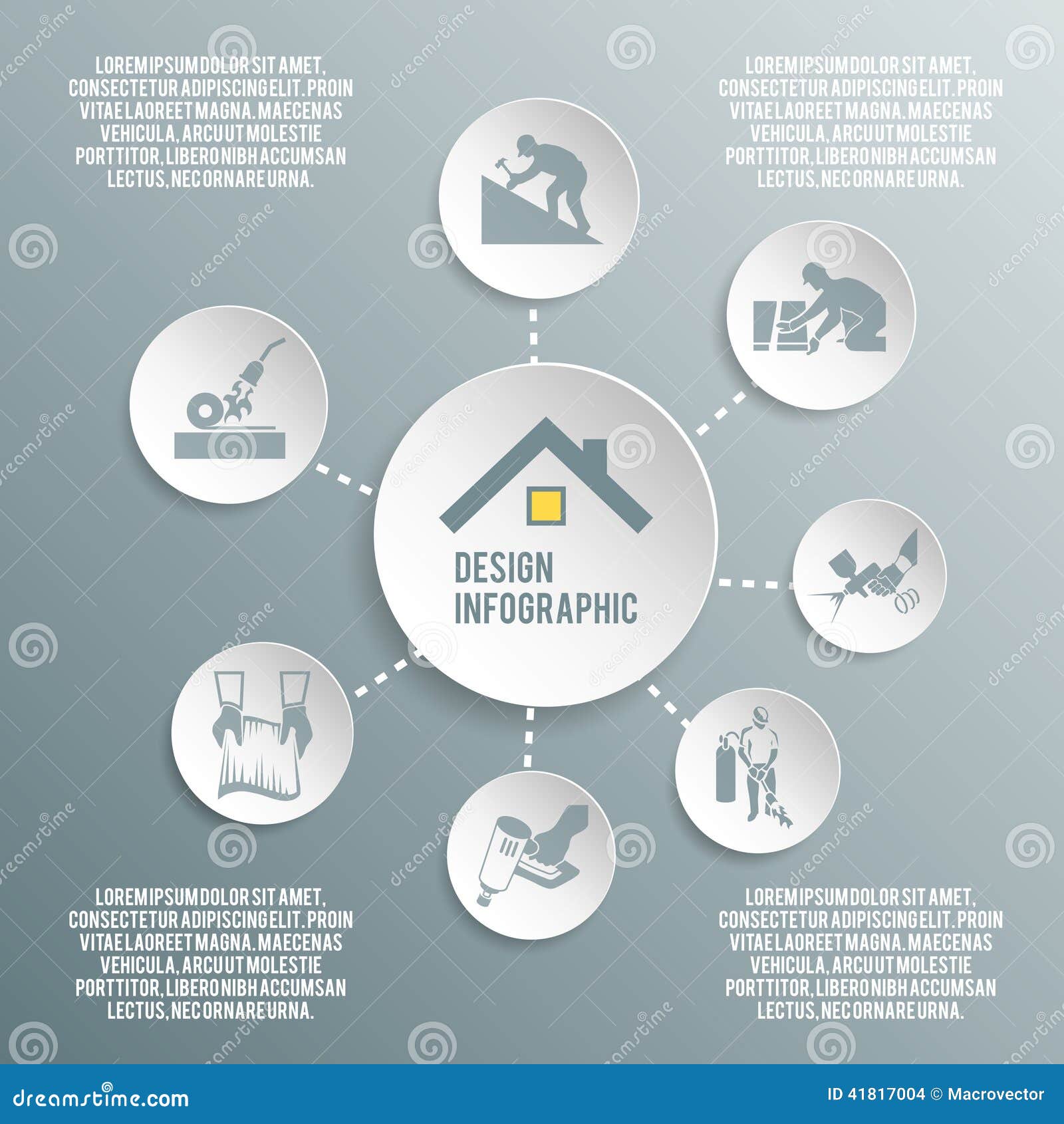Discover How Different Climate Condition Impact Your Roofing System Installation And Make Certain A Job Well Done
Discover How Different Climate Condition Impact Your Roofing System Installation And Make Certain A Job Well Done
Blog Article
Web Content Writer-Lohmann Mouritzen
When it concerns roofing system setups, the climate can make or damage the job. Envision the stress of dealing with materials that will not coordinate because of extreme warmth or fighting unsafe surfaces triggered by unanticipated rain. Understanding the influence of weather conditions on your roof task is important for an effective end result. So, let's check out exactly how various climate elements can affect the high quality and durability of your roof covering installation, making certain a job well done.
Impact of Temperature Level on Roof Covering Setup
When it concerns roof installment, temperature plays a vital function at the same time. The optimal temperature for roof covering tasks usually falls in between 45 and 85 degrees Fahrenheit. Extreme warm can trigger materials like roof shingles to come to be too flexible, resulting in potential damages throughout installment. On the other hand, cold temperatures can make products weak and susceptible to breaking. It is necessary to arrange roof installations during modest temperatures to make certain the best end result.
Throughout cooler weather condition, professionals may require to take extra safety measures such as using heated devices or allowing materials to heat up before installation.
On the other hand, heat might require work to be done earlier or later in the day to prevent the peak temperatures. By taking into consideration the temperature and its impacts on roof covering products, you can help make sure a successful installment that will certainly withstand the elements for several years to come.
Impact of Precipitation on Roof Projects
Roofing tasks can be substantially affected by rainfall, influencing both the timeline and the high quality of the installment. please click the up coming document or snow can produce unsafe problems, making it harmful for roofing contractors to work on a wet surface. Furthermore, wetness can compromise the adhesion of materials like shingles or underlayment, leading to possible leaks or problems in the future.
If it rains during a roof covering task, the water can seep into susceptible areas, triggering hold-ups as the setup staff should wait on the roofing system to completely dry prior to continuing. Extreme wetness can also advertise the development of mold and mildew and mildew, further jeopardizing the stability of the roofing system.
To avoid these problems, it's recommended to schedule roof covering projects throughout drier seasons or check the weather forecast closely to intend about any kind of possible rainstorms. By taking safety measures to operate in desirable climate condition, you can make sure a smoother and extra successful roof covering installation process.
Impact of Wind Rate on Setup Success
During roofing setup, the speed of the wind plays an important role in figuring out the success of the task. https://reliable-roofing-company07284.worldblogged.com/35094359/recognizing-the-right-professional-for-your-roofing-repair-work-involves-a-critical-method-starting-with-essential-inquiries-uncover-the-crucial-components-to-take-into-account can posture substantial difficulties to roofers, potentially leading to safety dangers and high quality issues. When wind rates go beyond recommended limitations, it becomes hard to manage materials, enhancing the threat of accidents and damages to the roofing products. Solid gusts can also impact the accuracy of dimensions and the accuracy needed for correct installation.
To guarantee an effective roof installation, it's important to monitor and consider wind rates. Ideally, roof covering setup ought to take place on days with low to modest wind rates. skyroofing enhances the security of the employees but additionally improves the total quality of the installation.
Roof tasks scheduled during tranquil weather are more likely to be completed effectively and with less errors. By paying attention to wind rate forecasts and intending appropriately, you can aid guarantee a smooth and successful roof installation process.
Conclusion
So, when it concerns roofing system installment, remember to consider the weather conditions to ensure a successful job. Optimal temperature levels, completely dry problems, and moderate wind rates are essential elements to focus on for a smooth installment procedure. By arranging your job during the best periods and excellent weather, you can achieve a resilient and resilient roof that will shield your home for many years to come.
